How Fast Does the ISS Travel?
16th Sep 2022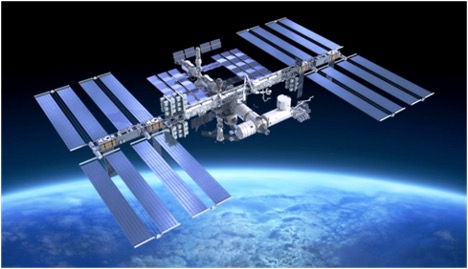
International Space Station (ISS) is a unique high-tech spacecraft launched in 1998 on the initiative of the United States, Russia, Canada, Japan and the European Space Agency’s member countries. It is an outpost of humanity in space and a powerful research centre that helps us expand our knowledge about the Earth and other celestial bodies to make our future safer and more comfortable. This huge spaceship has been flying around the Earth for 24 years, and today we will answer the question that interests many, how fast does the ISS travel and what it depends on?
How fast does the ISS travel per hour?
The space station, like most artificial satellites, moves in low Earth orbit, about 250 miles high, so the speed at which it does this is called orbital. But what is ISS orbital speed? National space agencies give an approximate figure of 17,700 mph.
It’s barely possible to imagine how fast is ISS. In one day, it flies about 700 thousand kilometres, which is approximately twice the distance from the Earth to the Moon! One flight around the Earth takes a little more than an hour and a half, and the station makes 16 orbits per day. One can only imagine the astronauts’ impressions because they can meet the dawn sixteen times a day or 5,840 times a year.
How Fast Does the ISS Travel in a Second?
The speed of ISS is the same as the first orbital velocity, which is 7.9 km/s. For a better demonstration of its moving speed, the French astronaut Thomas Pesquet, who twice participated in expeditions to the ISS, took a picture of the Earth with a shutter speed of 30 seconds, clearly demonstrating how fast is the ISS moving. The picture above shows part of the orbital complex and our planet as a canvas of elongated, blurry lines formed by lights on the Earth’s surface.
Why is ISS speed so high?
The farther you are from the Earth, the less the planet’s gravity pulls you, and you can move more slowly. But the ISS is relatively close to our planet, so Earth’s gravity affects it at about 90% of the pull from Earth, so it needs to move very quickly to stay up.
The speed must be sufficient to compensate for gravity by centrifugal force and keep the station at a given height. Otherwise, it would fall to the earth’s surface.
What makes the ISS move so fast?
When the first block of the ISS, Zarya, was launched to LEO, it was immediately accelerated to the required speed of 17700 mph. This speed was further maintained by the craft that delivered the rest of the modules for assembly, and later by the crew and supply missions. Each docking gives the station an extra boost. This is a repetitive process that prevents the station from changing its orbit to critical values. This also helps adjust the ISS speed to make sure it does not move too far from the Earth.
Do ISS Astronauts Feel the Speed?
Now, you have an idea of how fast the International Space Station travels. Note, however, that it is the acceleration we perceive, not the actual speed. From your plane travel experience, you should know that the higher the speed, the higher the g-forces that affect the crew and passengers. It doesn’t work this same way in space. And it’s not even about weightlessness and less free fall acceleration than on Earth. It’s about gravitational forces.
In orbit, astronauts are subjected to two accelerations of the same magnitude: centripetal (towards the Earth) and centrifugal. They completely balance each other, so when the station reaches a constant orbital speed, the astronauts do not feel any movement at all. When the station changes the orbit height, one can feel small overloads, but they do not cause much discomfort.
What Keeps the ISS Moving?
We know that ISS moves at a speed that prevents it from falling onto the planet that attracts it. The addition of the velocity and gravity vectors determines its radial trajectory, and the height determines its speed. This balance is called a stable orbit. And if there are no outside factors to affect this orbit, this speed can persist indefinitely.
The height of the ISS orbit was not chosen by chance. Rising any higher is impossible because the astronauts will be exposed to high doses of space radiation. Descending is not an option either because, at low altitudes, the station will slow down on the atmosphere. Engineers took into account the station mass (400 tons) and calculated the optimal parameters of its orbit so that it could act as a satellite of the Earth for a long time.
Is the ISS moving at a constant speed?
There is no exact answer to this question. ISS speed is a non-constant value, as it is determined by the orbit height. The latter varies from 278 to 460 kilometres. Why is this happening? The fact is that it is affected by the gravity of the Moon, the Sun, comets, and other surrounding space objects. Because of this, the orbit gradually changes parameters, including altitude and, consequently, speed. As you can see, how fast does the ISS travel becomes a variable – there’s no single correct value.
In addition, there is a possibility of collision with space debris and meteorites that can damage the ship’s coating. ISS astronauts occasionally perform an orbital adjustment manoeuvre. They do this with the help of orientation motors, low-power pneumatic installations that “correct” the station’s position literally by a centimetre.
Point of no return
Every mechanism has a resource that eventually runs out — even one as big and complex as the International Space Station. This spacecraft has already served 24 years in orbit, more than all previous space stations, and its service life is coming to an end.
What happens next? The ISS is scheduled to fall into the Pacific Ocean in 2031. By 2028, work at the station should be stopped, astronauts and some equipment will be evacuated, and it will turn into a drifting block of metal and composite. Gradually ISS speed will start to decline, the station will lose altitude and eventually de-orbit and fall to Earth. Part of the spacecraft will burn up in the Earth’s atmosphere, and what remains, approximately half, will fall into a deserted region of the Pacific Ocean. But humanity will not be left without an outpost in space. And the current ISS will definitely be replaced by a new one. The question in this case isn’t how fast does the ISS travel, but how quickly can the ISS be replaced.
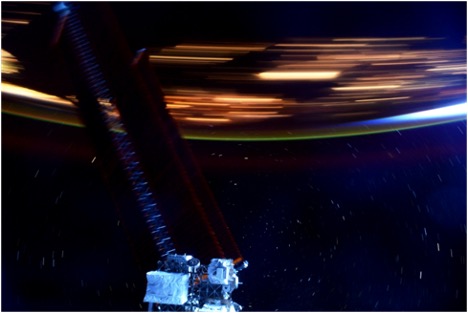
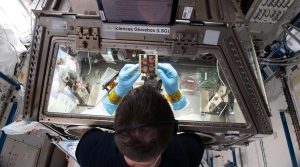
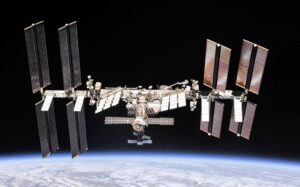

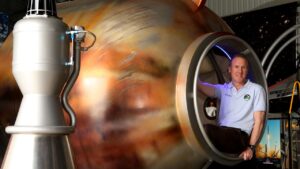


Thank you for your comment! It will be visible on the site after moderation.